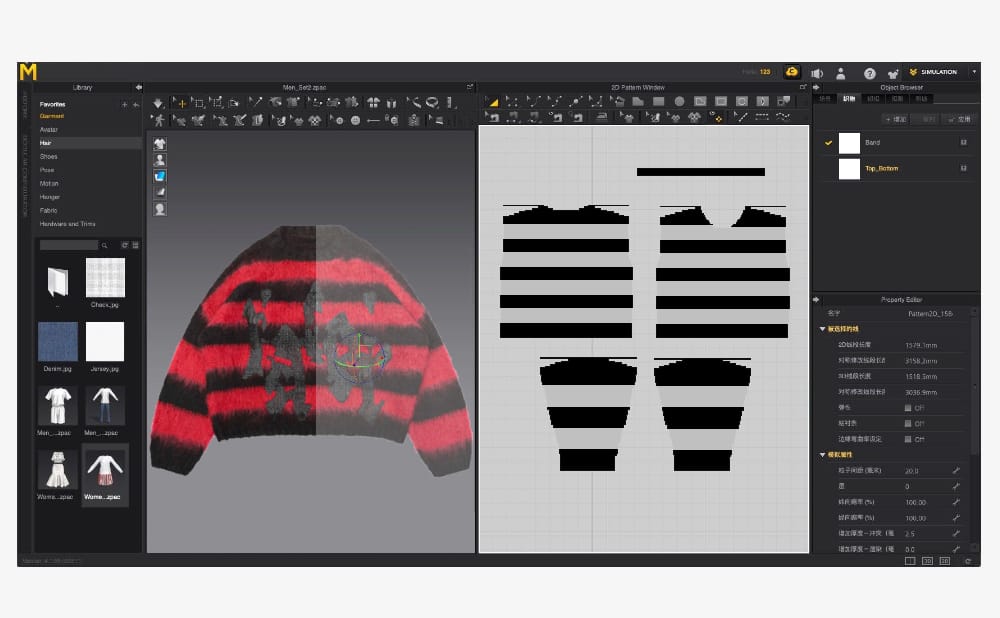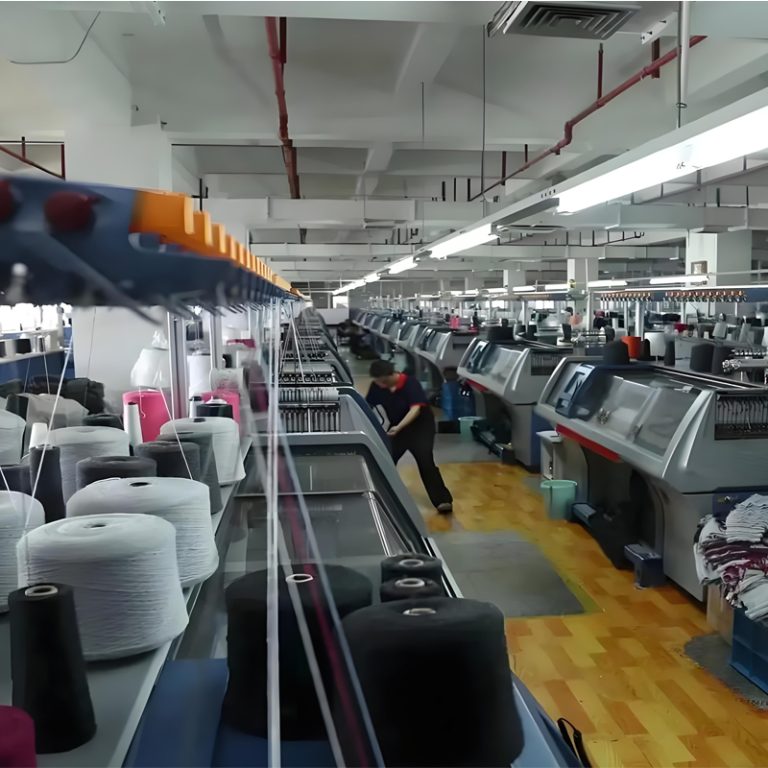Custom Knit Sweaters – The Complete Designing Guide

How to Design a Custom Knit Sweater – Patterns, Materials, and More
Crafting a personalized knit sweater is really overwhelming. You need a sweater that suite your needs, but the process feels hectic. A number of things needs your attention and focus including patterns, materials, colors, and more. Without the right guidance you can face loss of time and money. But you don’t need to worry, this blog post unveils everything designing a custom knit sweater. From selecting design, choosing fabrics, knitting tools, etc. You will get in-depth guidance. Sounds exciting? Let’s dive right in!
Designing Custom Knit Sweater – Stepwise Process
1. Conceptualize Sweater Design
Define Your Purpose and Style
First decide why you are wearing your sweater. How will it be used – casual wear, formal events, gifting or seasonal need? Second, choose the type of sweater that delivers on this purpose. It could be a pullover, cardigan, oversized, cropped or fitted style. Your design should be suited towards the audience you want to target. If you think through it, is it for yourself? Is it for a loved one? Is it for a customer?
Picture your design and get Inspiration.
Seek inspiration from nature, contemporary fashion trends or existing patterns. These ideas can help you to shape your design. Visualize even more clearly and make rough sketches on paper. Dive into play with different color combinations, textures, and design elements to see what works the best.
2. Tools & Materials Preparation
Select the Perfect Yarn
Choose the right yarns based on your design requirements. Wool is warm, while cotton is breathable. Acrylic gives it durability and blends give it versatility. Decide the thickness and weight of the yarn according to your design vision. Pick the colours and the designs which will be best for your sweater in terms of visual.
Gather Essential Tools
You should gather all the equipment you are going to need before you start. Knit with needles that fit your design, such as circular, straight, or double pointed. Collect accessories like stitch markers, tape measure, blocking mats, and scissors. These tools will help you stay organized and productive.
3. Finalize Pattern & Details Designing
Create or Customize a Pattern
To create the pattern, draw out your sweater on graph paper or pattern design software. This means you can also change an existing pattern by adding, say, cables, lace, or textured stitches. These touches distinguish your design.
Include Key Design Features
You can make your sweater unique by adding some thoughtful elements. Choose V-neck, shawl collar or turtleneck type necklines. Utilize plan ribbing and hem styles for a professional finish. You can include functional or decorative elements like pockets, buttons, or embroidery. The factors that can make your sweater design appear different are numerous.
Focus on Measurements and Fit
Take body’s exact measurements: sleeve length, chest, armhole depth, and neck width. Think about ease when layering and wearing. You can use these dimensions, as well as any other style preferences, to update your design diagram. It makes sure your sweater fits perfectly.
4. Finalize Decision | Create Test Swatches
Knit Swatches for Precision
Create test swatches first. This will tell you what the right needle and tension settings will be for your project. Stitch patterns and textures to play with to see how they will affect the fabric feel and look. After the swatches are made, wash them and block them. In this sense, you are aware of how the fabric will react after the garment has been fashioned and after it has been cared for.
Final material and design decisions
Choose your best yarn, stitch pattern, and needle size from your swatch results. Refine your final pattern based on the feedback from your experiments. It’s these little tweaks that make a big difference between a sweater that fits well and is polished vs. a sweater that doesn’t.
5. Knitting
Begin with the Back Panel
Knit the back panel. Figure out the number of stitches you need based on your sweater measurements and swatch gauge. If your design has an A line or waist shaping, use shaping techniques like increases or decreases. Note that the precision at this stage will make your sweater fit just right.
Towards the Front Panel
Head to the front panel. Shape the neckline and mirror the back panel’s design. If you’re making a cardigan, save some button bands. Knit them together so they line up correctly for buttons and closures.
Work on Sleeves
Find out how long and wide you want the sleeves to be. Try to spread out any increases or decreases as much as possible so that your final look will be clean and professional.
6. Joining and Finishing
Seam and Block the Pieces
Make use of seaming techniques such as the mattress stitch for almost invisible joins. This will keep your sweater neat and professional. Block the sweater once the pieces are assembled. Blocking helps the stitches align and improves the overall fabric drape.
Add Final Details
You can now hook up neckbands, button bands, or any other decorative embellishment. Focus on finishing the edges nicely and attending to any loose threads. These final touches polish and finish off your sweater
7. Sweater Perfection and Evaluation
Test Fit and Adjustments
Wear the sweater or have the recipient wear it. Test the fit and make any final adjustments for comfort or appearance. Tweaking the sweater up can make it go from good to great.
Document Your Process
Record the techniques, changes, and materials used. This documentation will serve as a goldmine for future projects. And don’t forget to photograph your finished sweater to show your work or share it with others. Celebrating the accomplishment is a great way to inspire your next knitting project.
Conclusion
Creating a custom knit sweater is a fun journey. Taking each step at a time, from conceptualization to the finishing touches, you can create a wearable masterpiece from your creative ideas. Swatch, experiment, knit. It is a process and each stage brings you closer to your vision. Craft your own unique piece, free from the opinions of others and feel the satisfaction of a job. Document your work to celebrate your progress and inspire future projects. Finally, with patience and creativity, your dream sweater becomes a cozy reality.

